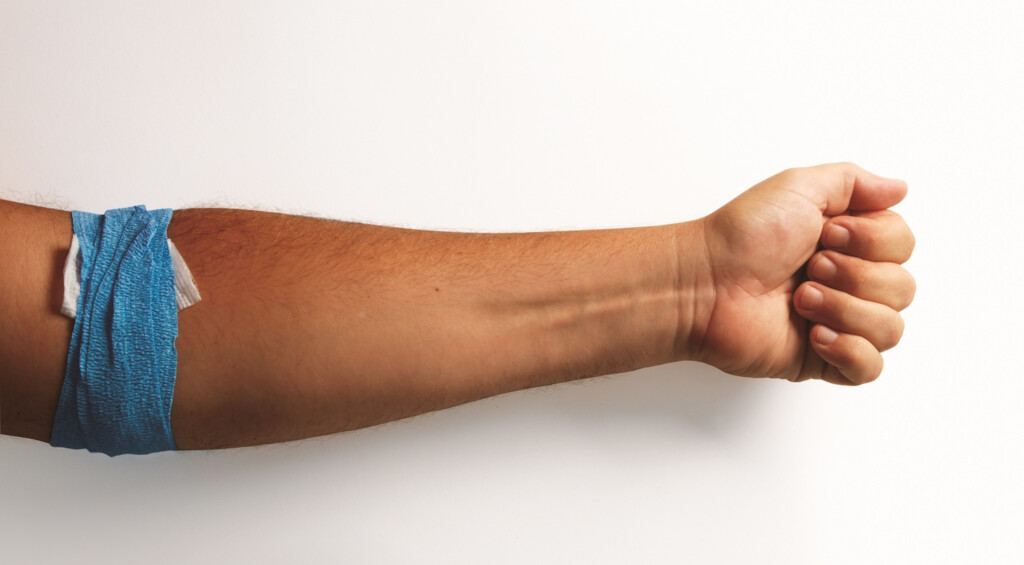When donating blood, it’s crucial to meet the weight requirements set by blood donation centers. These requirements are in place to ensure the safety of both the donor and the recipient. If a donor does not meet the minimum weight requirement, they may experience dizziness, fainting, or other adverse reactions during or after the donation process. Additionally, donors who are underweight may not have enough blood volume to spare without putting their own health at risk.
Generally, blood donation centers require donors to weigh at least 110 pounds (50 kg) to be eligible to donate blood. However, the specific weight requirement may vary depending on the blood donation center and the donor’s gender. For example, some centers may have higher weight requirements for male donors compared to female donors. It’s important for potential donors to check with their local blood donation center for the most up-to-date weight requirements.
Weight Chart For Giving Blood
Tips for Meeting Weight Requirements
If a potential donor is below the minimum weight requirement, there are a few tips they can follow to help reach a healthy weight before their next donation appointment. Eating a balanced diet rich in nutrients and calories, incorporating strength training exercises to build muscle mass, and staying hydrated can all help increase a person’s weight in a healthy way. It’s important for donors to consult with a healthcare professional before making any significant changes to their diet or exercise routine.
